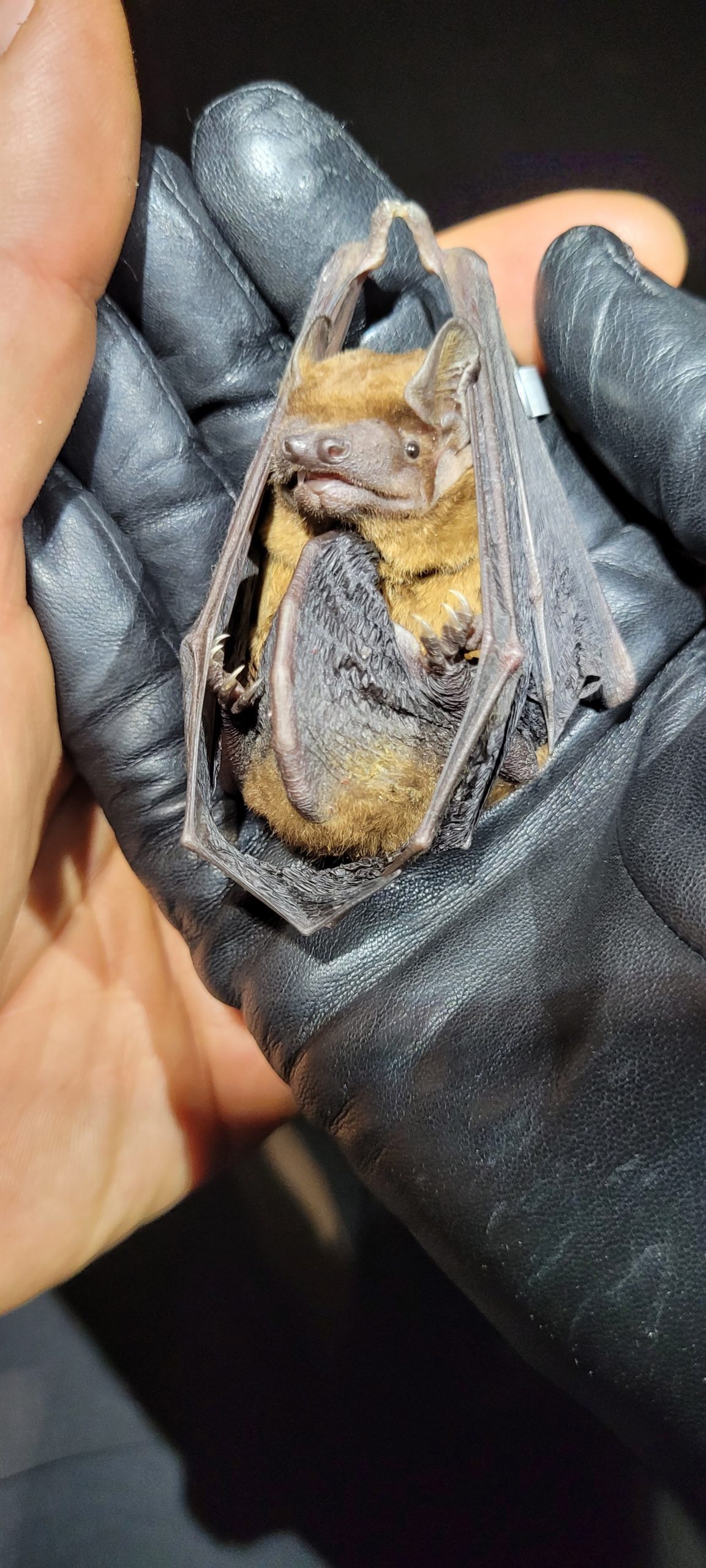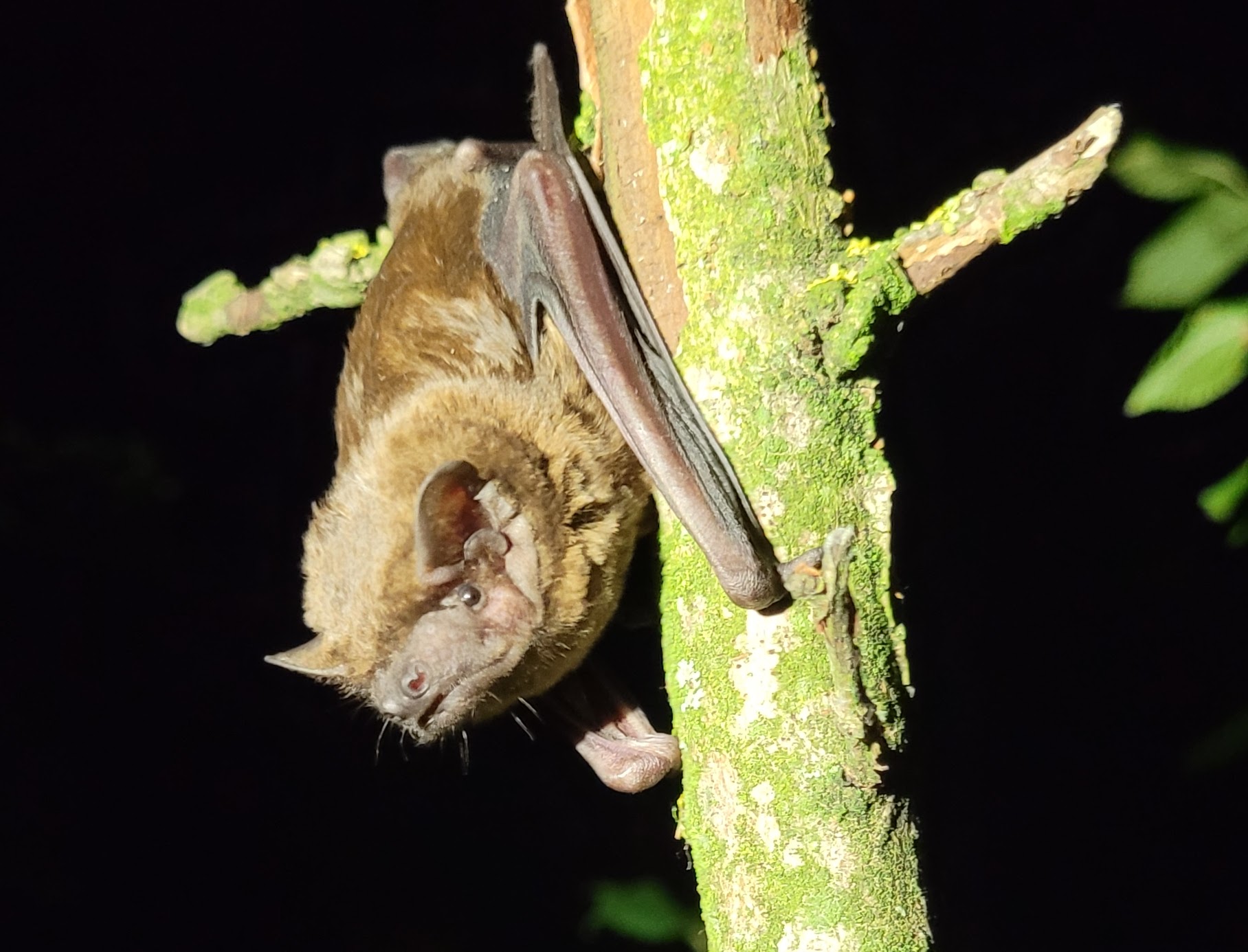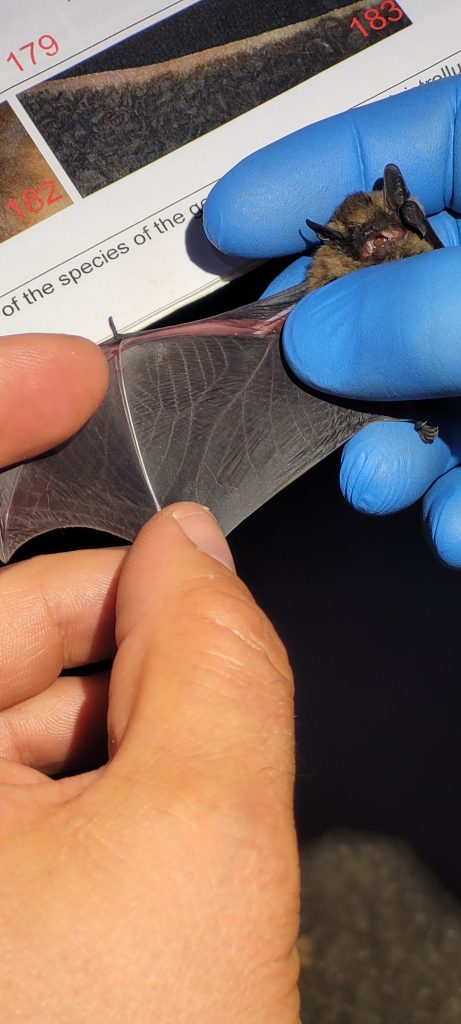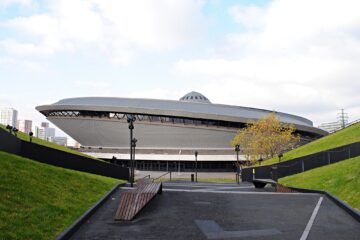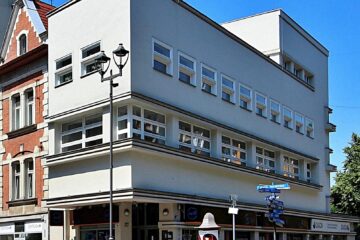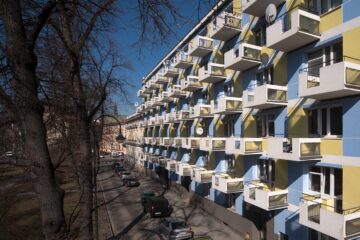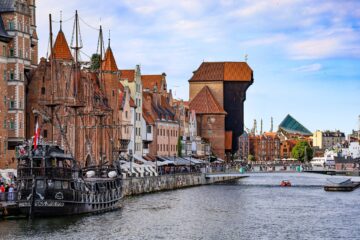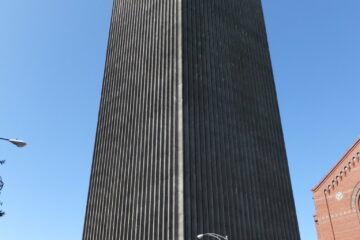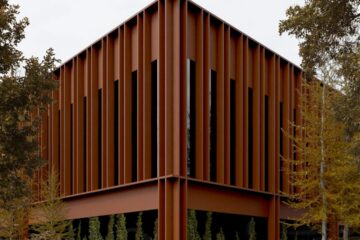The population of bats in Warsaw’s parks and squares is growing. New research by the capital’s chiropterologists leaves no illusions. The number of bats in the capital is increasing, and this is very good news for the entire ecosystem. These seemingly scary animals are not only actually cute, but also very useful creatures. According to experts, the Great Boer is most abundant in Warsaw, while the presence of the late twilight, the silver-bellied twilight, three species of dwarf, three species of nightjar and the woodrat has also been confirmed. At least 25 Natterer’s nightjars and 1 great nightjar have found winter shelter in the underground historic building “Elizeum” in Rydz Śmigły Park.
There are more and more bats in Warsaw’s parks, according to a pioneering study commissioned by our unit. In July and August 2023, 479 bats of nine species were caught. The number of these mammals in the capital surprised chiropterologists. This year, we installed 20 bat roost boxes on a test basis.
The research was carried out in the seven parks we manage – Żeromski Park, Fosa and Stoki Cytadeli, Traugutta Park, Saski Garden, Praga Park, Rydz-Śmigły Park and Ujazdowski Park. This is the first such comprehensive survey of bats in the capital. Preliminary results are encouraging – the number of these mammals in Warsaw’s parks has increased significantly in recent years. A report on the study will be made available to residents at the beginning of next year.
Bats were caught in chiropterological nets, listened to with detectors, observed with thermal and endoscopic cameras, and found during cleaning of bat boxes and inspection of wintering grounds. Among the trapped bats, the Great Boer is the most abundant. It is a species considered to be migratory. However, all indications are that it has changed its behaviour and instead of migrating, it is increasingly wintering in roosts and tree hollows.
Also confirmed in Warsaw are the late twilight, the silver-bellied twilight, 3 species of dwarf, 3 species of nightjar and the forest borer. At least 25 Natterer’s nightjars and 1 great nightjar found winter shelter in the underground historic building “Elizeum” in Rydz Śmigły Park.
Bats in Warsaw like old trees and monuments
Bats are increasingly choosing Warsaw’s parks because there are many old hollow trees. Surprisingly, it is relatively rare to find them in ISSEL or Stratmann type boxes designed for them. Most often they choose birdhouses – during this year’s birdhouse cleaning in Mokotow parks we found them in 25 boxes. In forested areas, slot boxes are also of great interest to bats. This year we installed 20 such boxes on a test basis – the largest number, 14, were placed in Skaryszewski Park, 3 in Praski Park and 3 on Wojska Polskiego Avenue.
So far, 18 bat species have been identified in Warsaw (out of 27 species recorded in Poland). These are mammals under strict species protection. They are also our allies, as they eat insects that are a nuisance to us, such as mosquitoes.
They should not be feared because they never attack humans themselves and do not get caught in their hair. They can only bite in self-defence when caught in the hand – so do not grab them with your bare hand. If they do fly into a building, allow them to leave by opening the windows at night and turning off the lights. However, if a bat does not want to fly out, it is best to ask the Municipal Police for help.
source, photos: ZZM Warsaw / https://zzw.waw.pl/
Read also: Architecture in Poland | Warsaw | Squares , Plazas, Parks | Ecology | Interesting facts | Animals | Education


